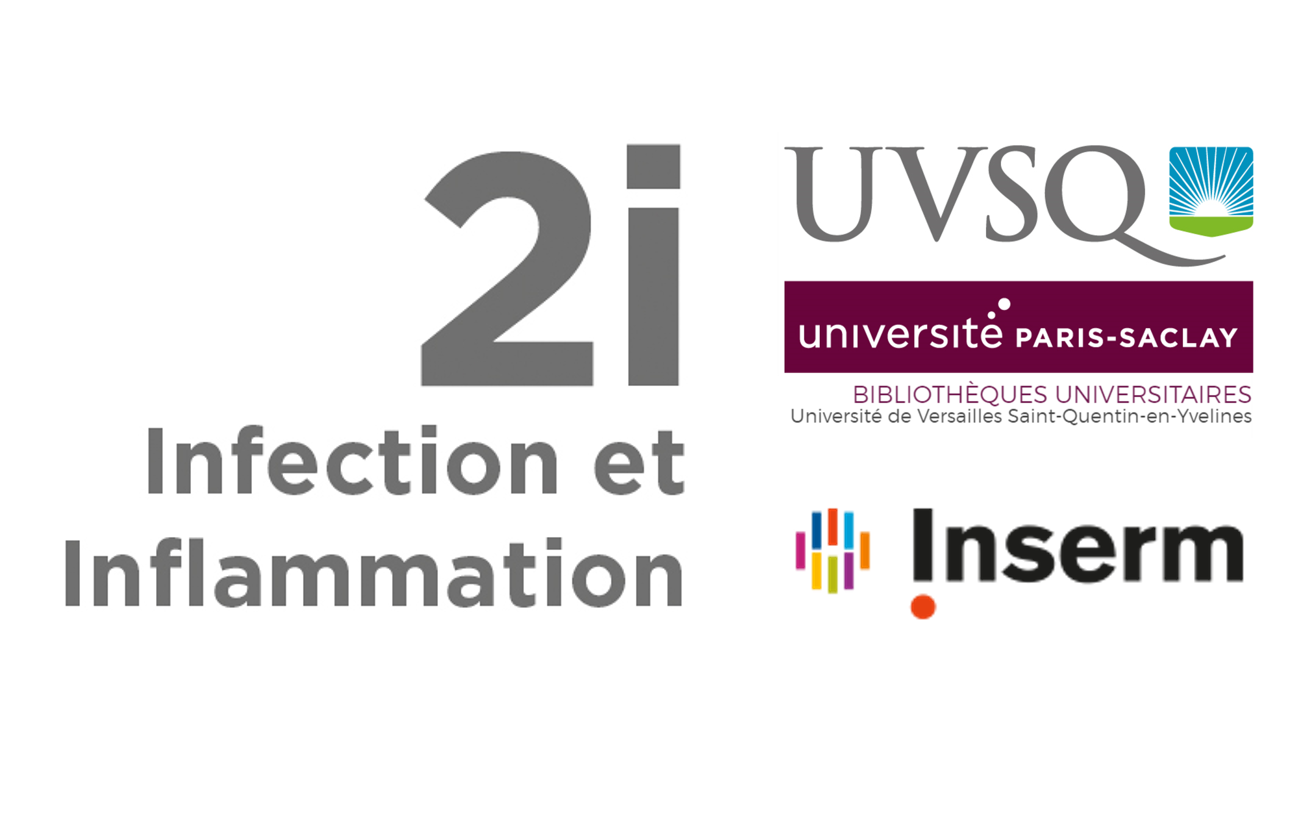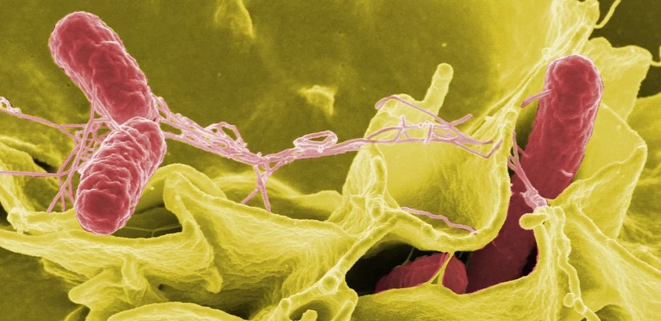Modeling the impact of urban and hospital eco-exposomes on antibiotic-resistance dynamics in wastewaters
Abstract
The emergence and selection of antibiotic resistance is a major public health problem worldwide. The presence of antibiotic-resistant bacteria (ARBs) in natural and anthropogenic environments threatens the sustainability of efforts to reduce resistance in human and animal populations. Here, we use mathematical modeling of the selective effect of antibiotics and contaminants on the dynamics of bacterial resistance in water to analyze longitudinal spatio-temporal data collected in hospital and urban wastewater between 2012 and 2015. Samples were collected monthly during the study period at four different sites in Haute-Savoie, France: hospital and urban wastewater, before and after water treatment plants. Three different categories of exposure variables were collected simultaneously: 1) heavy metals, 2) antibiotics and 3) surfactants for a total of 13 drugs/molecules; in parallel to the normalized abundance of 88 individual genes and mobile genetic elements, mostly conferring resistance to antibiotics. A simple hypothesis-driven model describing weekly antibiotic resistance gene (ARG) dynamics was proposed to fit the available data, assuming that normalized gene abundance is proportional to antibiotic resistant bacteria (ARB) populations in water. The detected compounds were found to influence the dynamics of 17 genes found at multiple sites. While mercury and vancomycin were associated with increased ARG and affected the dynamics of 10 and 12 identified genes respectively, surfactants antagonistically affected the dynamics of three genes. The models proposed here make it possible to analyze the relationship between the persistence of resistance genes in the aquatic environment and specific compounds associated with human activities from longitudinal data. Our analysis of French data over 2012–2015 identified mercury and vancomycin as co-selectors for some ARGs.
Origin : Publisher files allowed on an open archive
licence : CC BY NC ND - Attribution - NonCommercial - NoDerivatives
licence : CC BY NC ND - Attribution - NonCommercial - NoDerivatives





